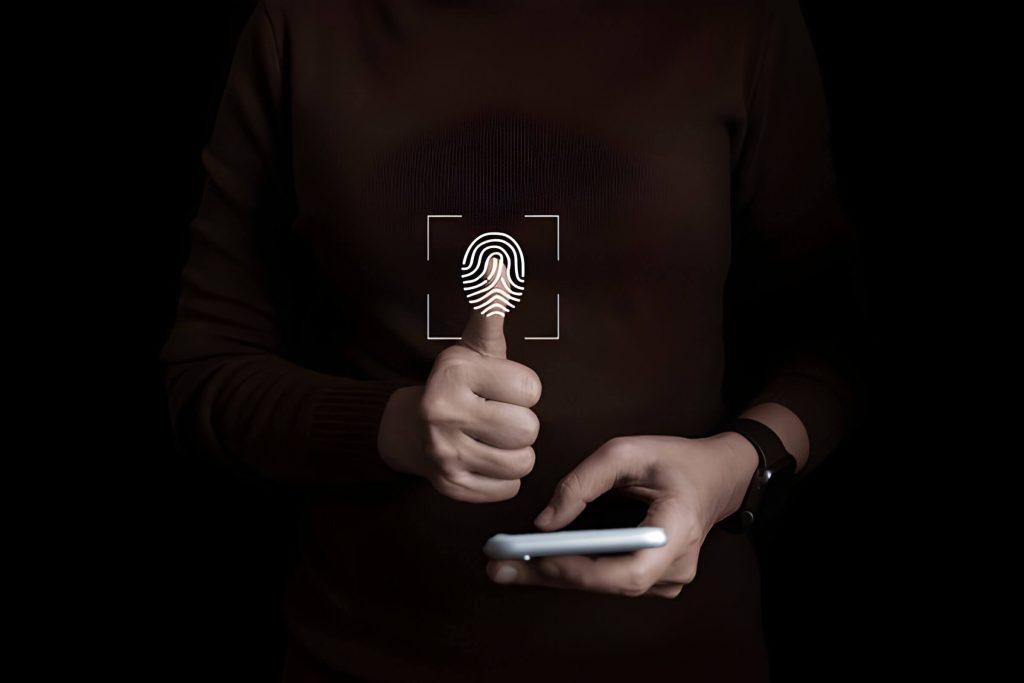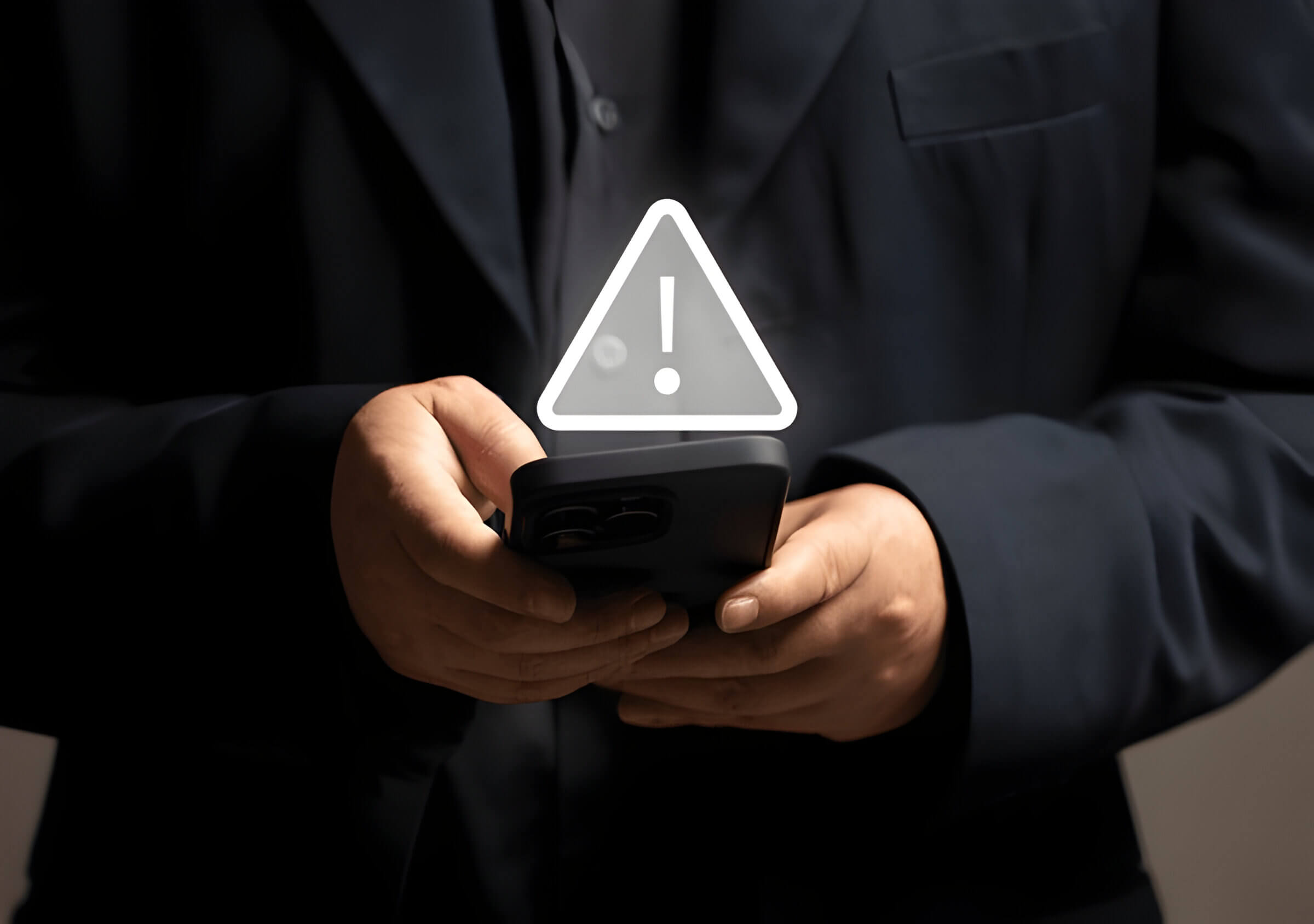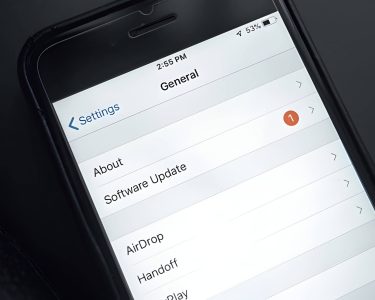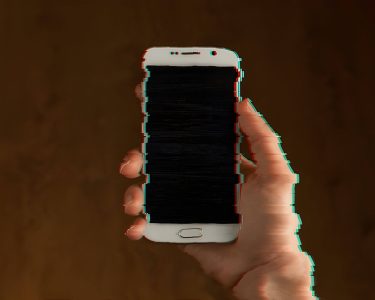The rise of smartphones, surveillance techniques have become more sophisticated. Modern phone tapping can involve malware or spyware installed on devices, allowing access to a wide range of personal data beyond conversations. So how how to check if your phone is tapped? Therefore, this article will explain about cell phone tapping, its motivations, and how to protect yourself from this interference.
What Is Phone Tapping and Why It Happens?
Phone tapping, also known as wiretapping or telephone tapping, is the monitoring of telephone and internet-based conversations by a third party, often without the knowledge of the participants. This practice involves intercepting and recording phone calls, text messages, and other forms of digital communication.
There are various reasons why phone tapping occurs, ranging from legal to illegal purposes. Law enforcement agencies may use phone tapping as part of criminal investigations, with proper court authorization. However, illegal phone tapping can be carried out by malicious actors for purposes such as corporate espionage, blackmail, or personal gain.
It’s important to distinguish between legal and illegal phone tapping. Legal phone tapping requires a court order and is typically conducted by law enforcement agencies for legitimate reasons. Illegal phone tapping, on the other hand, violates privacy laws and can result in severe penalties for those involved.
Common Signs That Your Phone Might Be Tapped
Recognizing potential signs of phone tapping is crucial in safeguarding your privacy. Several indicators may suggest your device has been compromised.
Unusual phone behavior, such as unexpected shutdowns or apps opening on their own, could be a red flag. Excessive battery drain, even when the phone is idle, might indicate background processes running without your knowledge. Strange background noises during calls, like echoes, static, or distant voices, can also be telltale signs. Receiving unexpected text messages containing random characters or codes may point to malware or spyware activity.
Additionally, if your phone frequently overheats without apparent reason, it could be due to unauthorized software running continuously. While these symptoms don’t definitively prove your phone is tapped, they warrant further investigation.
If you notice multiple signs, it’s advisable to consult a professional or take steps to secure your device. Remember, staying vigilant and regularly updating your phone’s security measures are key to maintaining your digital privacy.
Technical Methods to Detect Phone Tapping
Detecting phone tapping requires a combination of technical methods and vigilant observation. One effective approach is using IMSI catcher detection apps, which can identify unauthorized cellular base stations attempting to intercept your communications. Signal monitoring apps are another valuable tool, alerting you to unusual fluctuations in signal strength that may indicate interference from tapping devices.
Spyware detection tools can scan your device for malicious software that might be used for remote surveillance. Network traffic analysis can reveal suspicious data patterns or unexpected outgoing connections, potentially signaling a compromised device. Regular security scans using reputable software can help identify and remove any hidden malware or spyware.
It’s important to note that while these methods can be helpful, they’re not foolproof. Sophisticated tapping techniques may evade detection. Therefore, combining these technical approaches with awareness of your phone’s behavior, such as unexpected battery drain or unusual background noises during calls, can provide a more comprehensive strategy for identifying potential phone tapping.
How to Check Your Phone’s Settings for Suspicious Activity
Regularly reviewing your phone’s settings is crucial for detecting potential security breaches or unauthorized access. Start by examining your app permissions, ensuring that only necessary apps have access to sensitive information like your location, camera, or microphone. Next, scan your device for any unfamiliar or recently installed applications that you don’t remember downloading.
Monitoring your data usage can reveal suspicious activity; unexpected spikes in data consumption might indicate that your phone is transmitting information without your knowledge. Similarly, keep an eye on your battery usage patterns. If your device’s battery drains unusually quickly or heats up when idle, it could be a sign of background processes running without your consent.
Lastly, check for any unusual network connections or unfamiliar IP addresses in your phone’s network settings. These could be indicators of remote access or data interception. By routinely performing these checks, you can stay vigilant against potential security threats and maintain control over your device’s privacy.
Steps to Secure Your Phone Against Tapping

How to Check if Your Phone is Tapped? This steps to secure your phone against tapping:
1. Use strong passwords and two-factor authentication
Create strong passwords using a mix of uppercase and lowercase letters, numbers, and symbols. Make them at least 12 characters long. Enable two-factor authentication, requiring a second verification form (e. g., fingerprint or mobile code) with your password. Regularly update passwords and use two-factor authentication on important accounts to maintain security.
2. Update software regularly
Regularly update your smartphone’s software to protect against unauthorized access and tapping. These updates contain crucial security patches addressing new vulnerabilities. Prompt installation creates a strong defense against cyber threats and hacking techniques. Updates also improve performance, fix bugs, and add features. Enable automatic updates or manually install them regularly to maintain optimal security and functionality.
3. Encrypt sensitive data
Encrypting sensitive data is crucial for mobile device security. It converts personal information into a coded format, accessible only with a specific key. Strong encryption protects against unauthorized access and interception. While smartphones often have built-in encryption, users can add specialized apps for extra security. This multi-layered approach safeguards privacy in our interconnected digital world.
4. Avoid public Wi-Fi
Public Wi-Fi poses security risks for phones. Cybercriminals often exploit these networks to intercept data and access sensitive information. Cafes, airports, and shopping centers typically have unsecured Wi-Fi, vulnerable to fake hotspots and eavesdropping. Use cellular data or a trusted VPN in public to protect your phone and data, reducing cyber threats and ensuring privacy.
5. Watch for signs of tapping: unusual battery drain, background noise, or strange texts
Be vigilant for indicators of potential phone tapping, which can compromise your privacy and security. One telltale sign is an unusually rapid battery drain, as malicious software running in the background can consume significant power. Pay attention to any unexpected background noise during calls, such as echoes, static, or clicking sounds, which may suggest unauthorized listening.
Additionally, be wary of strange or nonsensical text messages containing random characters or codes, as these could be system messages from spyware. Other red flags include unexplained increases in data usage, the phone feeling warm when not in use, or difficulty shutting down the device. Regularly monitor your phone’s behavior and performance to detect any suspicious activities promptly.
6. If compromised, factory reset and change passwords
When a device or account is compromised:
- Perform a factory reset to remove malware and unauthorized changes.
- Change all associated passwords, including device access and linked accounts.
- Create strong, unique passwords for each account.
- Implement two-factor authentication for added security.
These prompt actions help prevent unauthorized access and protect your digital identity.
Legal Considerations and What to Do if You Suspect Your Phone is Tapped
If you suspect your phone is being tapped, it’s crucial to understand your legal rights and take appropriate action. Privacy laws in many countries protect individuals from unauthorized surveillance, including phone tapping. However, the specifics of these laws can vary by jurisdiction.
Your first step should be to document any suspicious activity or evidence that leads you to believe your phone is tapped. This documentation may be valuable if you need to report the issue to authorities. Next, consider contacting your phone service provider to inquire about any unusual activity on your account.
Reporting phone tapping to law enforcement is a critical step. Contact your local police department or, in cases involving potential federal crimes, reach out to the FBI. They can investigate the matter and advise you on further steps to take.
It’s also wise to seek professional help from a cybersecurity expert or a lawyer specializing in privacy laws. These professionals can provide guidance on protecting your rights and navigating the legal landscape surrounding phone tapping.
Remember, in most cases, it’s illegal for private individuals to tap phones without consent. However, law enforcement agencies may be able to do so with proper authorization, such as a court order. Understanding your legal rights in these situations is essential for protecting your privacy and taking appropriate action if you suspect your phone is being tapped.






